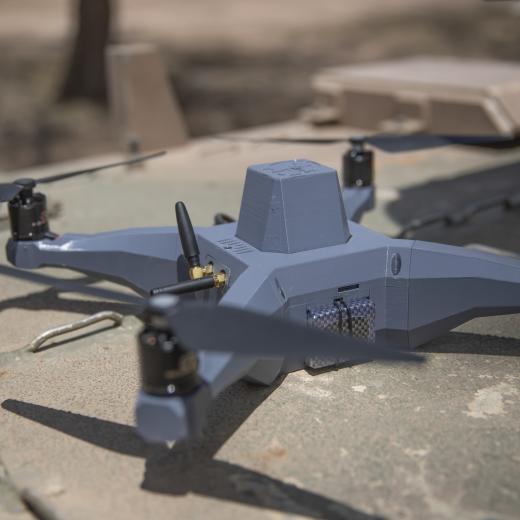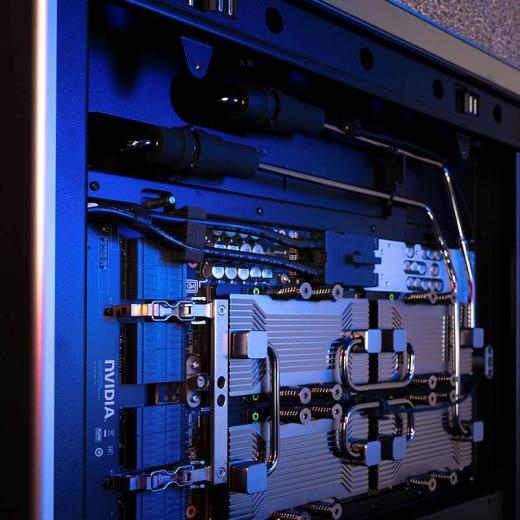BLUF
The United States Army demonstrates that lateral thinking, experimentation and innovation are crucial to combatting asymmetric drone attacks.Summary
Off-the-shelf, bespoke and locally manufactured drones have proven to be relatively effective in the hands of both state and non-state actors:. See, Drones can win wars, also see APDC article Asymmetric Aerial Threats. During operations against ISIS, the US Army’s Asymmetric Warfare Group (AWD), worked hard to counter potential asymmetric drone threats. Personnel were required to develop asymmetric threat scenarios. They were then required to develop countermeasures and to train to apply those measure in the field. Drones were recognised as a potential IED problem, so all US units deployed overseas receive drone recognition and countermeasures training. Importantly commercial drones were also tested, and test results shared with those in the field. This is a good example of ‘best practice’ being applied, see, how to use rapid observation and experimentation. Think about how we can balance information sharing with security requirements; and develop better training to deal with asymmetric attacks.
References





